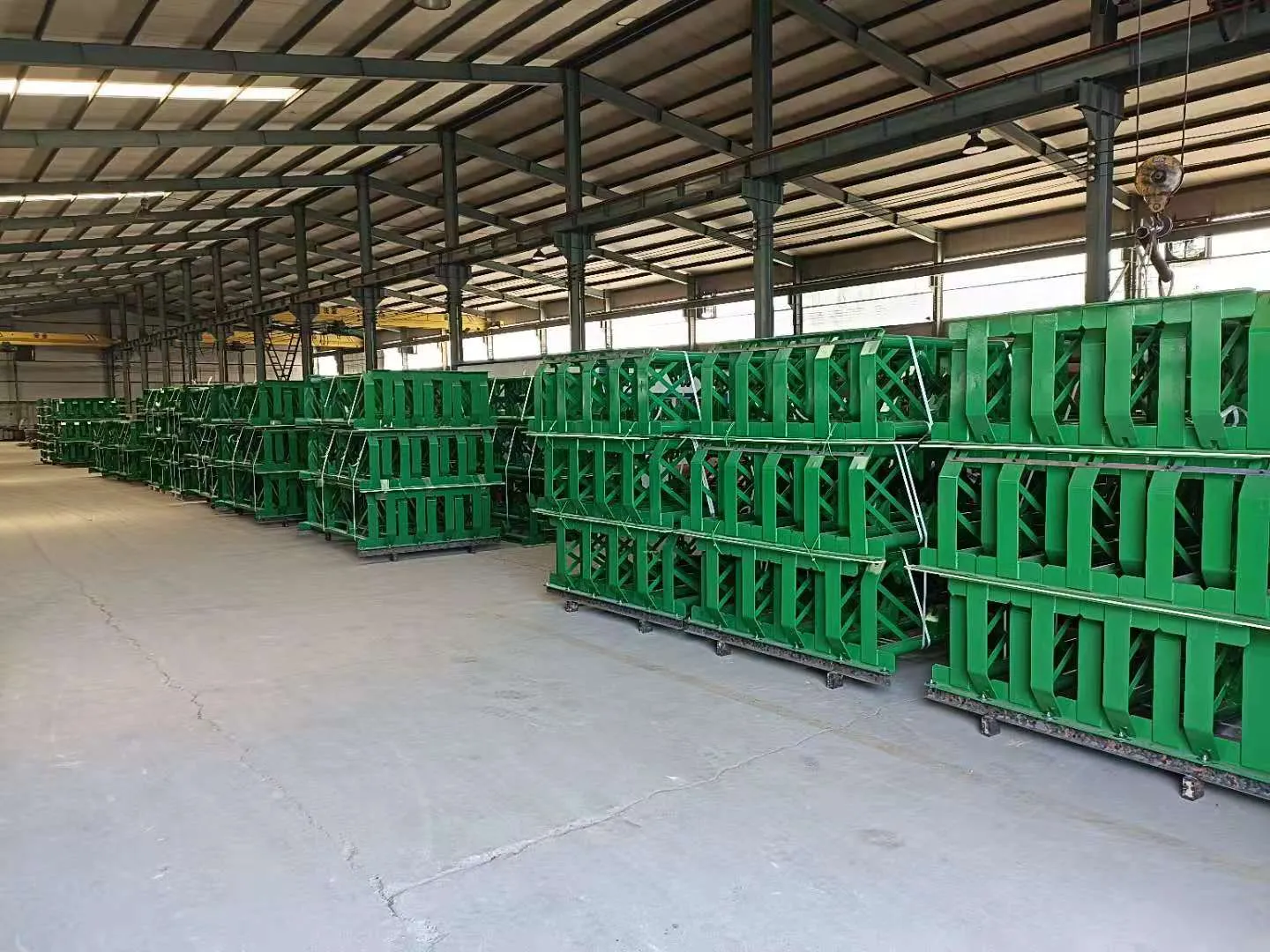 Afrikaans
Afrikaans  Albanian
Albanian  Amharic
Amharic  Arabic
Arabic  Armenian
Armenian  Azerbaijani
Azerbaijani  Basque
Basque  Belarusian
Belarusian  Bengali
Bengali  Bosnian
Bosnian  Bulgarian
Bulgarian  Catalan
Catalan  Cebuano
Cebuano  Corsican
Corsican  Croatian
Croatian  Czech
Czech  Danish
Danish  Dutch
Dutch  English
English  Esperanto
Esperanto  Estonian
Estonian  Finnish
Finnish  French
French  Frisian
Frisian  Galician
Galician  Georgian
Georgian  German
German  Greek
Greek  Gujarati
Gujarati  Haitian Creole
Haitian Creole  hausa
hausa  hawaiian
hawaiian  Hebrew
Hebrew  Hindi
Hindi  Miao
Miao  Hungarian
Hungarian  Icelandic
Icelandic  igbo
igbo  Indonesian
Indonesian  irish
irish  Italian
Italian  Japanese
Japanese  Javanese
Javanese  Kannada
Kannada  kazakh
kazakh  Khmer
Khmer  Rwandese
Rwandese  Korean
Korean  Kurdish
Kurdish  Kyrgyz
Kyrgyz  Lao
Lao  Latin
Latin  Latvian
Latvian  Lithuanian
Lithuanian  Luxembourgish
Luxembourgish  Macedonian
Macedonian  Malgashi
Malgashi  Malay
Malay  Malayalam
Malayalam  Maltese
Maltese  Maori
Maori  Marathi
Marathi  Mongolian
Mongolian  Myanmar
Myanmar  Nepali
Nepali  Norwegian
Norwegian  Norwegian
Norwegian  Occitan
Occitan  Pashto
Pashto  Persian
Persian  Polish
Polish  Portuguese
Portuguese  Punjabi
Punjabi  Romanian
Romanian  Russian
Russian  Samoan
Samoan  Scottish Gaelic
Scottish Gaelic  Serbian
Serbian  Sesotho
Sesotho  Shona
Shona  Sindhi
Sindhi  Sinhala
Sinhala  Slovak
Slovak  Slovenian
Slovenian  Somali
Somali  Spanish
Spanish  Sundanese
Sundanese  Swahili
Swahili  Swedish
Swedish  Tagalog
Tagalog  Tajik
Tajik  Tamil
Tamil  Tatar
Tatar  Telugu
Telugu  Thai
Thai  Turkish
Turkish  Turkmen
Turkmen  Ukrainian
Ukrainian  Urdu
Urdu  Uighur
Uighur  Uzbek
Uzbek  Vietnamese
Vietnamese  Welsh
Welsh  Bantu
Bantu  Yiddish
Yiddish  Yoruba
Yoruba  Zulu
Zulu types of conveyor pulley
Types of Conveyor Pulleys
Conveyor systems are integral to many industries, providing efficient transport of materials over varying distances and terrains. One crucial component of these systems is the conveyor pulley. Pulleys play a significant role in guiding, supporting, and managing the tension of the conveyor belt, ensuring a smooth operation. Various types of conveyor pulleys exist to enhance the system's performance, each designed for specific applications and functionality. This article explores the major types of conveyor pulleys and their respective characteristics.
1. Drive Pulley
The drive pulley is one of the most critical components of a conveyor system. It is responsible for driving the conveyor belt, which is essential for the movement of materials. The drive pulley is typically located at the head end of the conveyor and is powered by a motor via a belt or chain. There are different configurations for drive pulleys, including lagged or crowned surfaces that help enhance traction and minimize slippage. The drive pulley is usually heavier and sturdier than other pulleys to withstand the stress and load during operation.
2. Idler Pulley
Idler pulleys are essential for maintaining the proper positioning and tension of the conveyor belt. They support the belt and help guide it along its path, reducing the risk of misalignment. Idler pulleys can be categorized into several types, including
- Standard Idlers Used primarily to support the conveyor belt in the carrying section. - Return Idlers Positioned on the return path of the belt to support the belt as it travels back to the head end. - Impact Idlers Designed to absorb the shock of heavy materials dropping onto the belt, thus protecting the belt and other components from potential damage.
3. Tail Pulley
The tail pulley is located at the opposite end of the drive pulley and plays a vital role in supporting and providing tension to the conveyor belt. It is crucial for ensuring that the belt remains taut and does not slip off during operations. Tail pulleys can also come in various designs, depending on the specific needs of the application. While they typically do not play a direct role in driving the belt, they are crucial for maintaining the overall performance and stability of the conveyor system.
types of conveyor pulley

4. Snub Pulley
A snub pulley is used to increase the wrap angle of the conveyor belt around the drive pulley. This increased contact area enhances friction, thereby boosting the pulley’s ability to drive the conveyor belt efficiently. Snub pulleys are typically found in systems where additional tension is needed or where the angle of the belt requires adjustment to prevent slippage.
5. Bend Pulley
Bend pulleys are employed to change the direction of the conveyor belt, allowing for flexibility in the system layout. These pulleys help in guiding the belt through corners or vertical changes in elevation, which is vital in complex conveyor designs. Bend pulleys are designed to minimize the wear and tear of the belt, maintaining its integrity and performance over time.
6. Magnetic Pulley
Magnetic pulleys incorporate magnetic forces to segregate ferrous metals from other materials during the conveyor process. This type of pulley is commonly used in recycling and waste management applications, where it is essential to remove metal contaminants from non-metal materials. Magnetic pulleys can enhance the efficiency of material recovery and prevent damage to other equipment downstream.
Conclusion
In summary, conveyor pulleys are indispensable components of conveyor systems, each fulfilling specific functions that contribute to the overall efficiency and effectiveness of material transport. From drive pulleys that power the system to idlers and tail pulleys that ensure proper alignment and tension, understanding the different types of conveyor pulleys can help optimize conveyor system design and performance. Selecting the right type of pulley for a particular application is crucial in enhancing operational efficiency, reducing maintenance costs, and prolonging the lifespan of the conveyor system. Whether in manufacturing, mining, or logistics, the right pulleys can make a significant difference in productivity and operational success.
-
Wing Pulley Conveyor for Conveyor Belt MaintenanceNewsJun.16,2025
-
Self Cleaning Spiral Idler for Conveyor DesignNewsJun.16,2025
-
Pulley Lagging for Conveyor Belt AlignmentNewsJun.16,2025
-
Impact Idlers Used in Belt Conveyor for PerformanceNewsJun.16,2025
-
Ceramic Lagging Conveyor Pulley for Conveyor Belt SystemsNewsJun.16,2025
-
Belt Conveyor Idler for Heavy-Duty ApplicationsNewsJun.16,2025





























